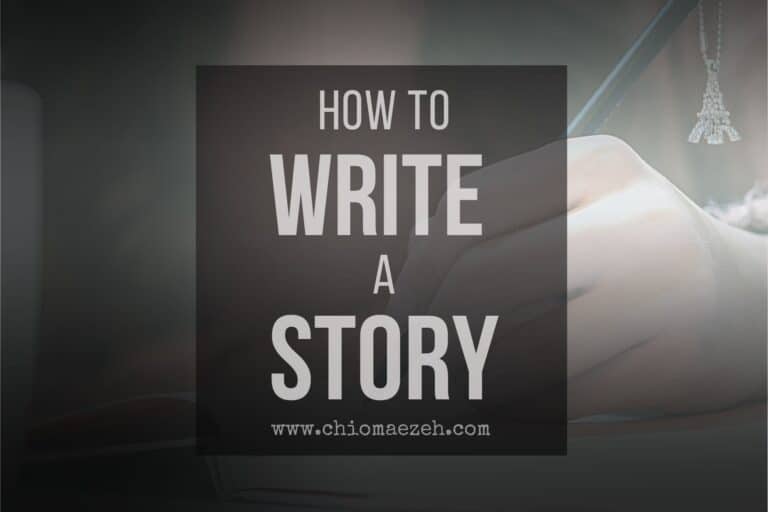What Is Introduction In A Story? [Explained]
The introduction holds the power to shape your story. A good introduction sets up the entire plot of your novel, introduces characters and themes, hints at potential conflicts to come – all while maintaining an air of mystery that keeps readers hooked.
But crafting an engaging introduction for your story is no easy feat. In this article we’ll explore what makes for a great introduction in a story, from elements and types to examples from literature and books.
👉 Want to learn about how to craft a great story? See our guide on how to write a story in 9 steps.

Let’s Talk
Are you a writer aspiring to pen a masterpiece that never fails to captivate? Look no further. Reach out to us and uncover how we can help you to take your writing to unprecedented heights!

What Is The Introduction of a Story?
The introduction of a story is the beginning of the narrative that sets up the plot and introduces characters. It capture readers’ interest and give them a glimpse of what lies ahead with your tale.
An effective introduction will draw readers in, provide context for what follows, and establish any necessary background information or themes.
Why Is It Important To Have An Introduction In A Story?
An introduction serves several important functions in storytelling. First, it helps to get readers interested in the story by hinting at surprises or mysteries yet to be revealed. Second, it gives details that readers need to understand the events that will follow—especially if one is crafting historical or sci-fi narrative. It also helps let readers know where they are in time and space within your story world.
Below are additional reasons to have an introduction as an author:
- Prepares the reader for the journey ahead
- Gives the author a chance to hook the reader from the beginning.
- Can also be used as a device for foreshadowing and plot revelations.
- Provide context and set up themes that will be explored throughout the narrative.
- Allows readers to establish an emotional connection with characters before they embark on the journey.
How Does The Introduction Fit Into A Story Structure?
The overall structure of a story typically follows the three-act format: act one (introduction), act two (rising action) and act three (resolution). The introduction is the first act of the story, and it should establish all the necessary elements for what’s to come.
The three-act structure is the most commonly used for short stories, but it’s not the only option. There are also others such as the Hero’s journey which is divided into 12 stages, and the five-act structure (also called the Freytag’s pyramid) which divides the story into an exposition, rising action, climax, falling action and resolution.
In the Freytag’s pyramid structure, the introduction is the exposition and is used to set up the conflict. While in Hero’s journey, the main character is usually introduced in the “Departure stage” in the ordinary world. You can see our guide on the different story structures and how the introduction fit into each type.
No matter which structure you choose, your introduction should have the same purpose — to introduce and establish context. Think of the introduction as an entrance into the world of your story. It should provide readers with a brief overview of what’s to come in the upcoming chapters.
👉 See our guide on the 7 types of story structure
What Are The Elements Of Introduction In A Story?
When constructing a compelling introduction, there are several fundamental components that should be taken into account:
- Setting the Scene – Provide adequate detail so readers can conjure up an image of where the action is taking place
- Introducing Characters – Give succinct descriptions of who they are (including names), and what drives them forward.
- Hinting At Plot Points – Leave breadcrumbs about impending occurrences without revealing too much information in advance.
- Foreshadowing Theme(s)– Employ subtle clues or snippets of dialogue alluding to greater themes present within a piece’s narrative arc.
- Creating Tension – Generate interest through mystery or curiosity regarding potential results/events yet-to-be disclosed as story progresses.
👉 Head over to our guide to elements of introduction and how to use them in your story
What Are The Types Of Introduction In A Story?
Different types of introductions are employed by authors depending on the amount of information they want to divulge from the outset or how quickly they need their reader to become engrossed in their world: They include:
- Summary Intros – a rapid overview with limited detail but still give enough data necessary for readers to start reading;
- Character Intros – focus solely on character development allowing readers to glean more about protagonists/antagonists before diving into the plot headfirst.
- Scene Intros – Often used in horror/suspense pieces as instead of propelling the reader directly into action, scene intros build tension gradually prior to climaxing with the big reveal.
- Flashback Intros – Telling part of the past first then showing how it affects the current situation.
- Flash forwards – Teasing future events.
- Prologues – Setting up backstory before jumping into the present day
- Cold opens – Starting right away without any explanation
How Do I Write an Introduction for a Story?
To write an effective introduction requires practice and patience; don’t expect yours to come out perfectly written after just one try.
One way is to begin with a scene of action. Starting with action can be an effective way to pique the reader’s interest immediately.
Another way is to start with an intriguing dialogue. This can create an atmosphere of mystery in the form of a conversation between two characters, or introduce a problem that needs to be solved.
You may also choose to start with a thought-provoking quote or an intriguing fact that relates to your story. This quote or fact should be relevant to the plot of the story. This could be a hint of what is going to happen or an interesting historical fact that adds depth and perspective to your story.
Alternatively, you may choose to start with a shocking revelation or a slow and suspenseful build-up. This can set the tone for a thrilling story, which may include unexpected plot twists and turns along the way.
Another option is to start with a scene description that introduces the setting, characters, and atmosphere. This helps to set the tone for your story and give readers a better idea of what kind of world or situation they are entering.
Finally, you could start with an introspective look at your main character’s thoughts or feelings. This allows the reader to become immediately invested in the story and its characters.
👉 See our guide to How to Write An Introduction In A Story with examples and templates
Examples Of An Introduction In Literature And Books
There are many examples of introductions from literature and books that you can draw inspiration from when writing your own. Below are some examples from popular Books:
Example 1: Pride & Prejudice By Jane Austen
Jane Austen’s Pride & Prejudice opens:
“It is a truth universally acknowledged, that a single man in possession of a good fortune must be in want of a wife.”
Pride & Prejudice By Jane Austen
This line not only introduces readers to Elizabeth Bennet – who will become our protagonist throughout the novel – but also sets up one of its main themes: marriage as an economic transaction rather than an emotional connection between two people.
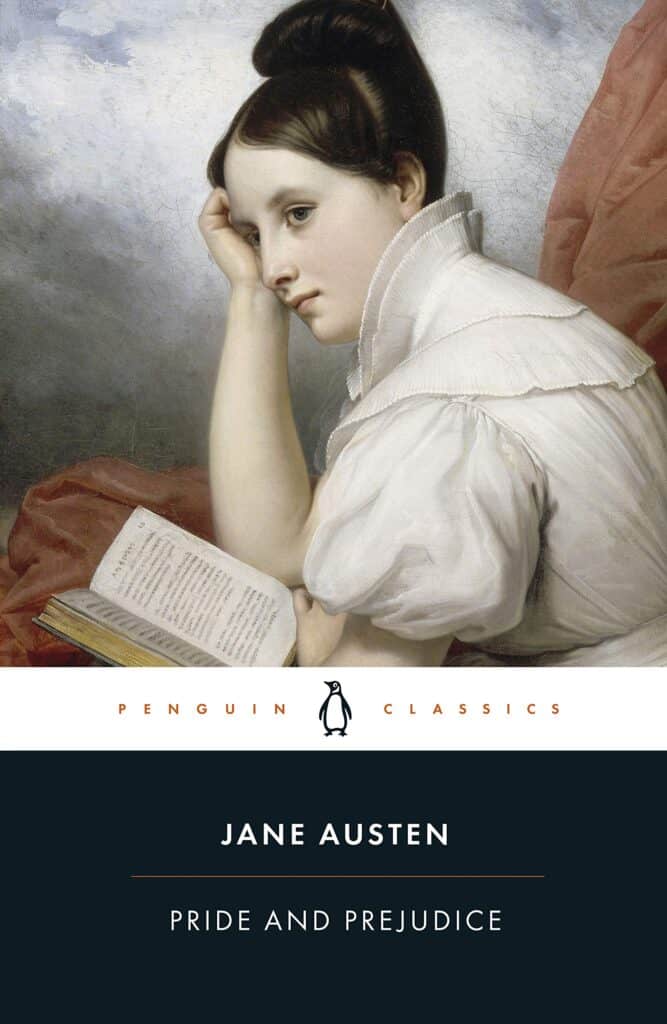
Example 2: A Tale Of Two Cities By Charles Dickens
Charles Dickens’ A Tale Of Two Cities has yet another classic opening line:
“It was the best of times, it was the worst of times, it was the age of wisdom, it was the age of foolishness, it was the epoch of belief, it was the epoch of incredulity, it was the season of Light, it was the season of Darkness”.
A Tale Of Two Cities By Charles Dickens
By juxtaposing these opposing ideas together in the introduction, Charles Dickens creates tension between hope and despair which serves as one major theme throughout his book.

Example 3: To Kill A Mockingbird By Harper Lee
Harper Lee’s To Kill A Mockingbird begins with this iconic phrase:
“When he was nearly thirteen my brother Jem got his arm badly broken at the elbow. When it healed, and Jem’s fears of never being able play football was assuaged, he was seldom self-conscious about his injury “.
To Kill A Mockingbird By Harper Lee
Right away we learn about Scout Finch (the narrator) her brother Jem and understand what kind hardships they face growing up in rural Alabama during 1930s America – all without ever having been told explicitly by Lee herself.

From the above examples of introductions in books, we can see why we need to craft a strong introduction to captivate readers. Let’s now consider what happens after the introduction in your story.
👉 See more introduction in a story examples to learn more on how to structure your introduction
What Happens After the Introduction in a Story?
The introduction is only the beginning of your story. After the introduction, your story begins to unfold. The main plot and characters are developed further. The inciting incident is introduced, and the story’s main conflict begins to take shape. The rising action follows thereafter, as the conflict builds and becomes more complicated. This ultimately leads up to the climax where all conflicts are resolved.
Overall, after the introduction, you must move onto developing your story through dialogue, setting descriptions, and other forms of narrative exposition. As you progress through your story’s chapters or scenes, each new piece of information should build upon previous events.
Do’s And Don’ts When Writing An Introduction
There are certain things to do and avoid when you craft your introduction:
- Take your time to introduce each character, and develop the relationships between them
- Do not hasten the narrative, instead allow readers to relish in the story’s progression.
- Do not include too much exposition during this phase; if everything gets revealed right away then there won’t be any surprises left for later on.
- Focus on creating interesting dialogue between characters.
- Provide enough details so that readers understand who everyone is and why they are doing certain things within context of your narrative arc.
Should Authors Skip The Introduction?
Authors should not skip the introduction. Without an introduction, readers would be left confused and unable to follow the plot. The introduction will help orient your readers so they can make sense of events that unfold. Even if you do not include a traditional story-opening scene, some form of introduction is still needed so readers can follow the story.
That said, there may be certain rare instances where skipping intros may actually add a layer of mystery. Although this approach does require extra effort during the revision phase. This is because no introductory scenes means having less room available when editing due to a lack of proper setup beforehand. So think twice before deciding to go down this route.
How long Should My Introduction be?
Generally, introductions are shorter than other parts of a narrative. However, they still need room enough to play their role effectively. As a writer, you should know how much space you should devote to introducing your story. Choose the elements to include too so you do not bog down readers with too much detail.
Remember your introduction is too short, they won’t have time to build intrigue or set expectations properly. Generally, intros tend to encompass a few paragraphs rather than just one or two sentences.
Final Notes on Story Introduction
The introduction is an important part of the narrative architecture, for it helps acquaint readers with the characters and storyline. Authors can construct captivating introductions that will ensnare and hook their readers.
Take the time to learn about crafting a compelling introduction for your story. Our story writing and publishing tips will help you create an engaging start that will draw in readers and keep them hooked until the very end.

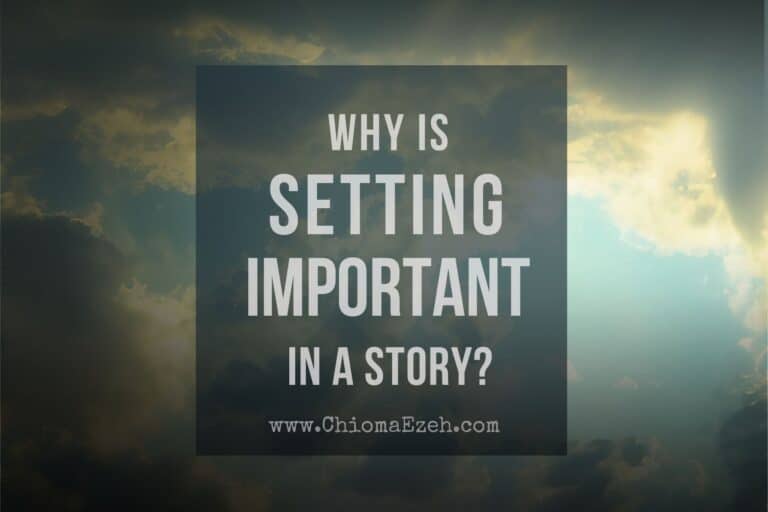
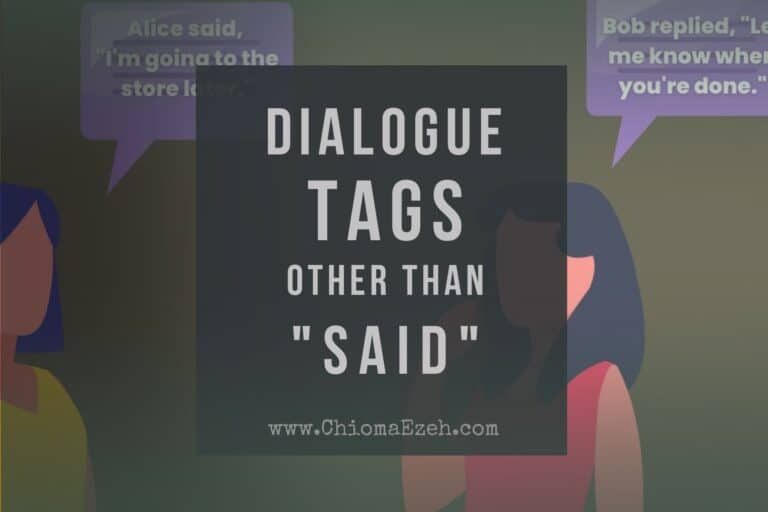
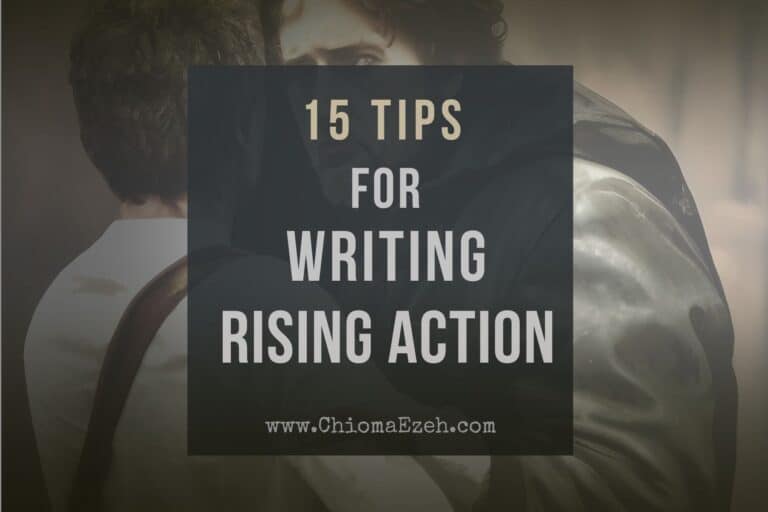
![How To Format Dialogue In A Story [Tips & Examples]](https://chiomaezeh.com/wp-content/uploads/2023/03/How-to-format-dialogue-in-a-story-2-768x512.jpg)

